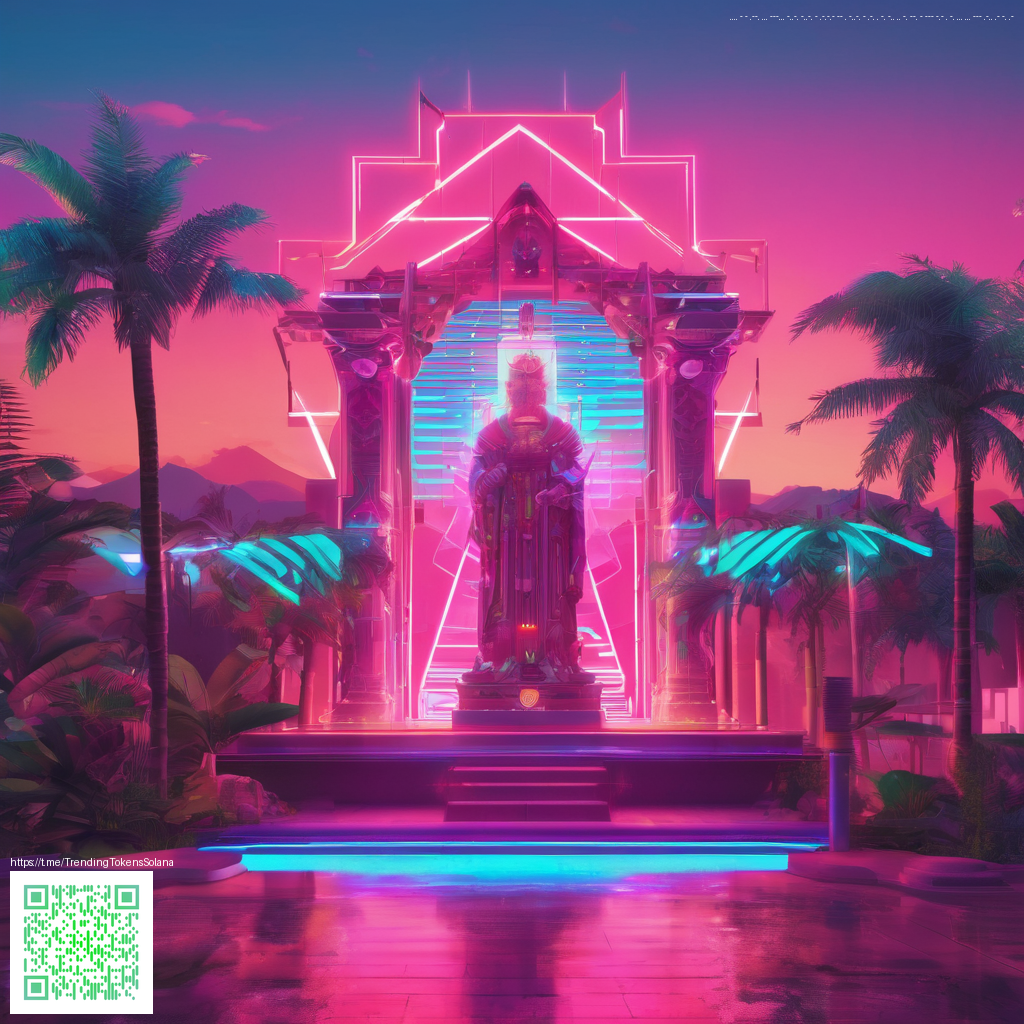
Dissecting Hyperrealism vs Abstraction in Digital Paper Art
Digital paper art sits at an intriguing crossroads: you can chase hyperrealistic detail that mimics the tactile magic of a fresh sheet, or you can let abstraction breathe life into a concept using shape, color, and suggestion. Both approaches have their merits, and many artists discover a productive middle path where hyperreal textures meet abstract composition. The result is a piece that invites close inspection yet remains open to interpretation.
What hyperrealism brings to digital paper
Hyperrealism in digital paper art is about fidelity—how convincingly you can imitate the look and feel of real paper, ink, folds, and light. Think micro-creases catching a subtle highlight, grain that hints at a handmade texture, and shadows that fall just right along a crease. When executed with restraint, this level of detail can anchor an artwork in tangible experience: you almost feel the weight of the imaginary sheet beneath your gaze.
Hyperrealism in digital media transforms ordinary folds into narratives of memory and time. Art Critique Journal
Where abstraction shines
Abstraction takes a different route: it prioritizes concept, rhythm, and mood over literal representation. In digital paper art, abstract choices—bold color blocks, sweeping curves, or modular shapes—can convey emotion, tension, or movement without tracing every crease. This freedom invites viewers to participate in the story, filling gaps with their own associations and memories.
- Texture as mood: Hyperreal detail can ground a piece, while abstraction uses texture to establish atmosphere rather than a precise surface truth.
- Light as language: Realistic shading grounds realism; selective lighting in abstract work can intensify drama or ambiguity.
- Narrative through form: A hyperreal base may suggest familiarity, whereas abstract shapes push the narrative toward interpretation and possibility.
Many artists experiment by layering both strategies—start with a hyperreal texture to evoke tactile resonance, then introduce abstract geometry or color that reframes the moment. A practical workflow might involve building up surface texture with careful brushwork or texture overlays, then stepping back to simplify shapes and emphasize composition over minutiae.
Practical approaches for blending the two languages
If you’re exploring how to balance hyperreal and abstract instincts, consider a staged process. Begin with a hyperreal foundation that captures the essence of paper—folds, micro-crinkles, and subtle edge highlights. Next, deliberately abstract parts of the composition: strip away extraneous detail, replace nuanced shading with broad tonal fields, or introduce experimental color relationships. The tension between fidelity and suggestion can become the piece’s driving energy.
Tools and workflow play a role too. In long creative sessions, comfortable gear helps you stay in the flow. For example, ergonomic accessories can reduce strain and keep your focus on the artistry rather than discomfort. If you’re curious about a practical accessory, the Ergonomic Memory Foam Wrist Rest Mouse Pad (Foot-shaped) is designed to support extended work sessions and maintain precise control as you refine textures and shapes. It’s a tangible example of how tools support the craft, even in nuanced explorations of hyperreal vs abstract styles.
On the software side, combining vector-based techniques for clean abstract forms with raster textures for tactile surface quality offers a flexible playground. Non-destructive masks, layered textures, and thoughtful blending modes enable you to experiment without committing to a single aesthetic. The aim is to evolve a piece that feels anchored enough to read as paper yet liberated enough to suggest a gestural, conceptual language beyond literal representation.
“The boundary between hyperreal and abstract is not a wall but a doorway.” Studio Practice Blog
As you cultivate your eye, keep in mind a simple guiding question: what is the viewer invited to feel or infer when they engage with the work? If the answer leans toward memory and tactile curiosity, you may tilt the piece toward hyperreal texture. If the answer centers on emotion, rhythm, or idea, abstraction can lead the way. The magic happens when you allow both modes to converse within a single composition.
For readers who want to explore further, a related discussion that sparked this reflection can be found on a project page that highlights how artists narrate through paper-inspired visuals. You can view it here: https://x-landing.zero-static.xyz/2463a0bb.html.
Similar Content
Visit this page for related insights and inspiration: https://x-landing.zero-static.xyz/2463a0bb.html